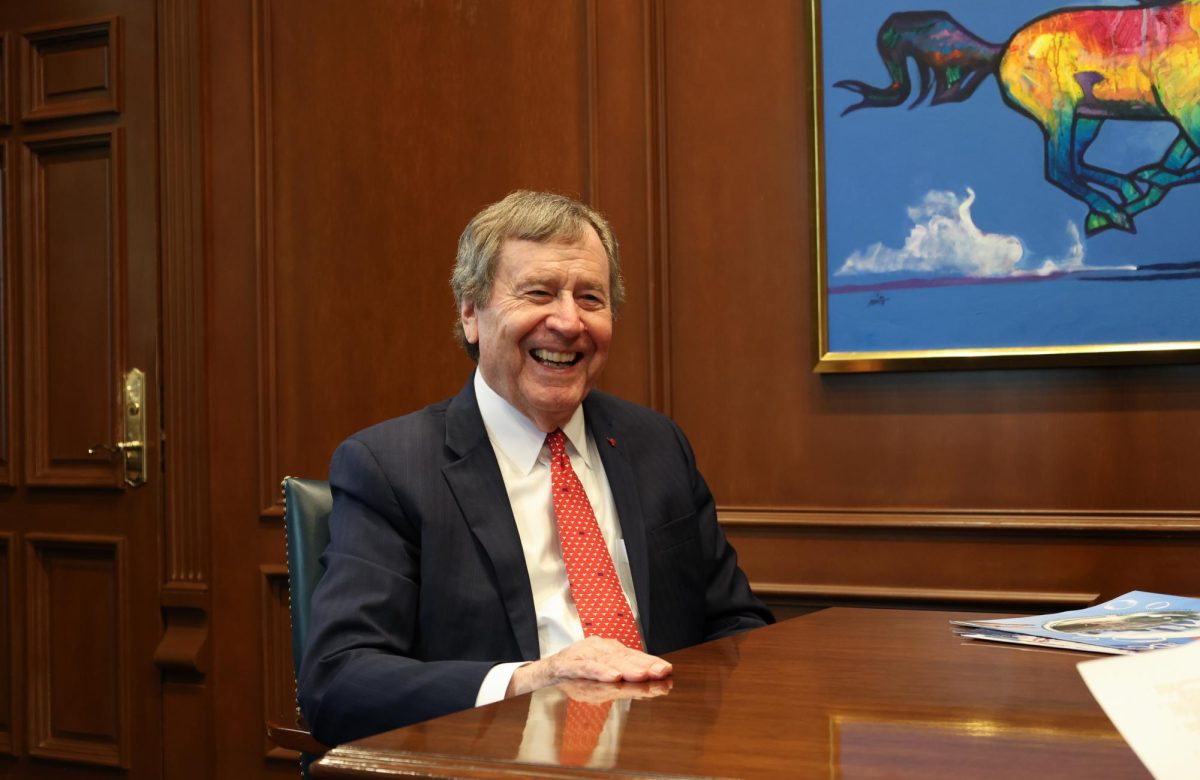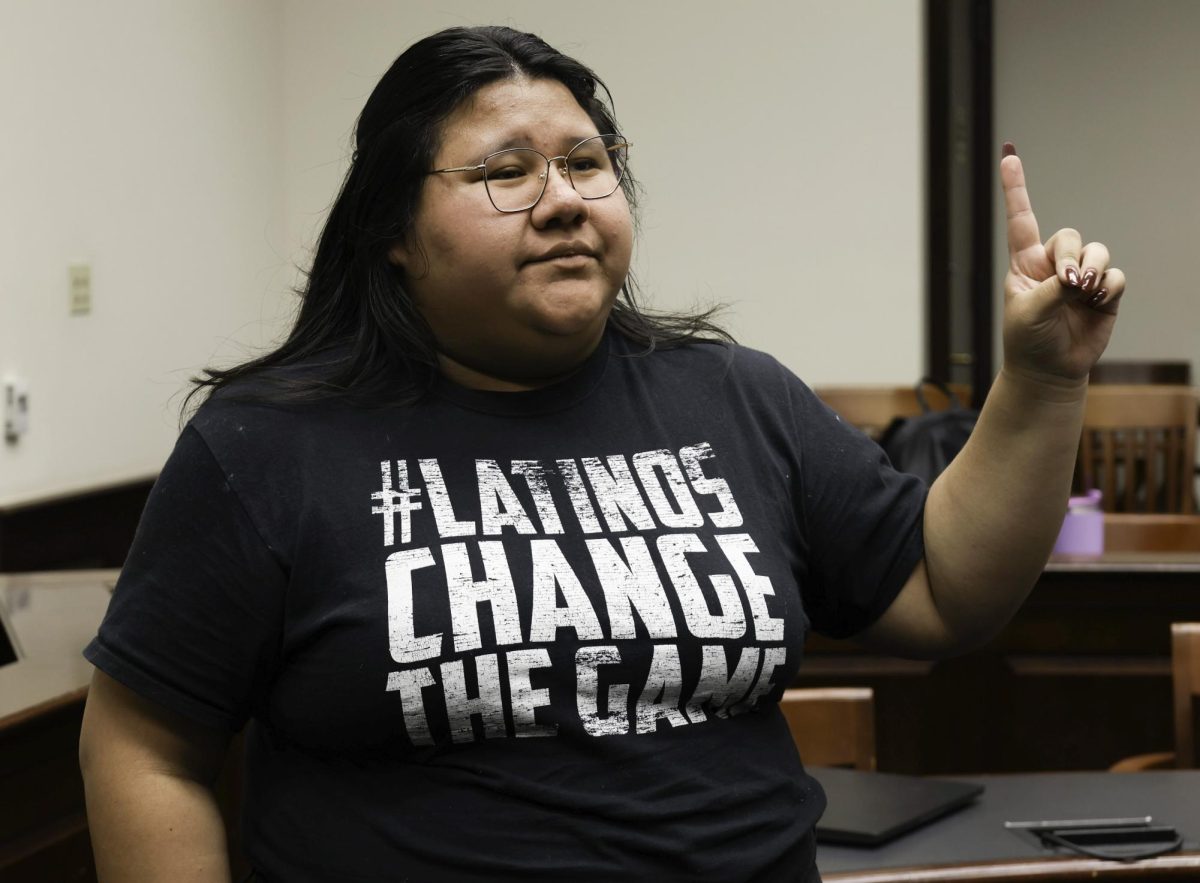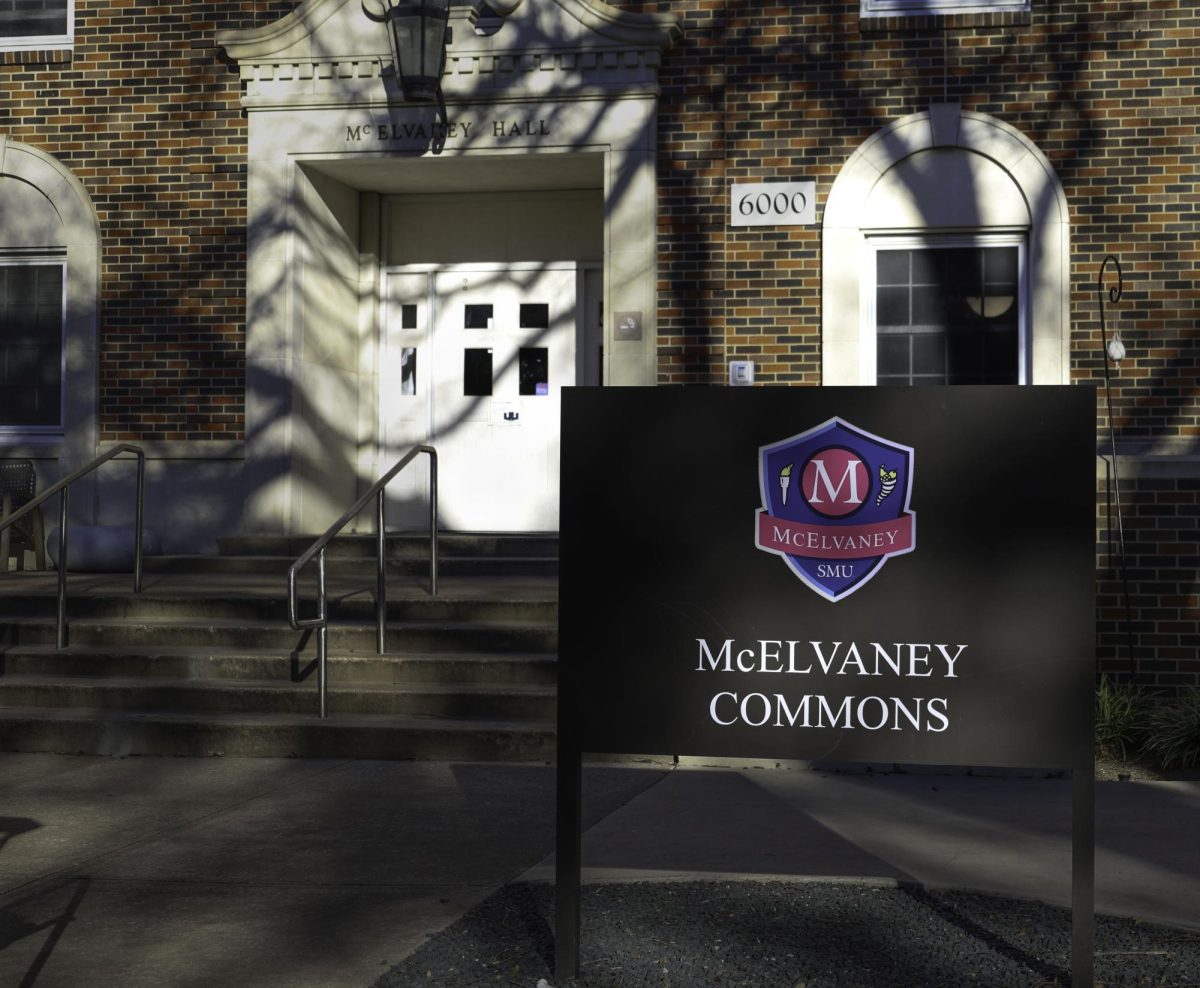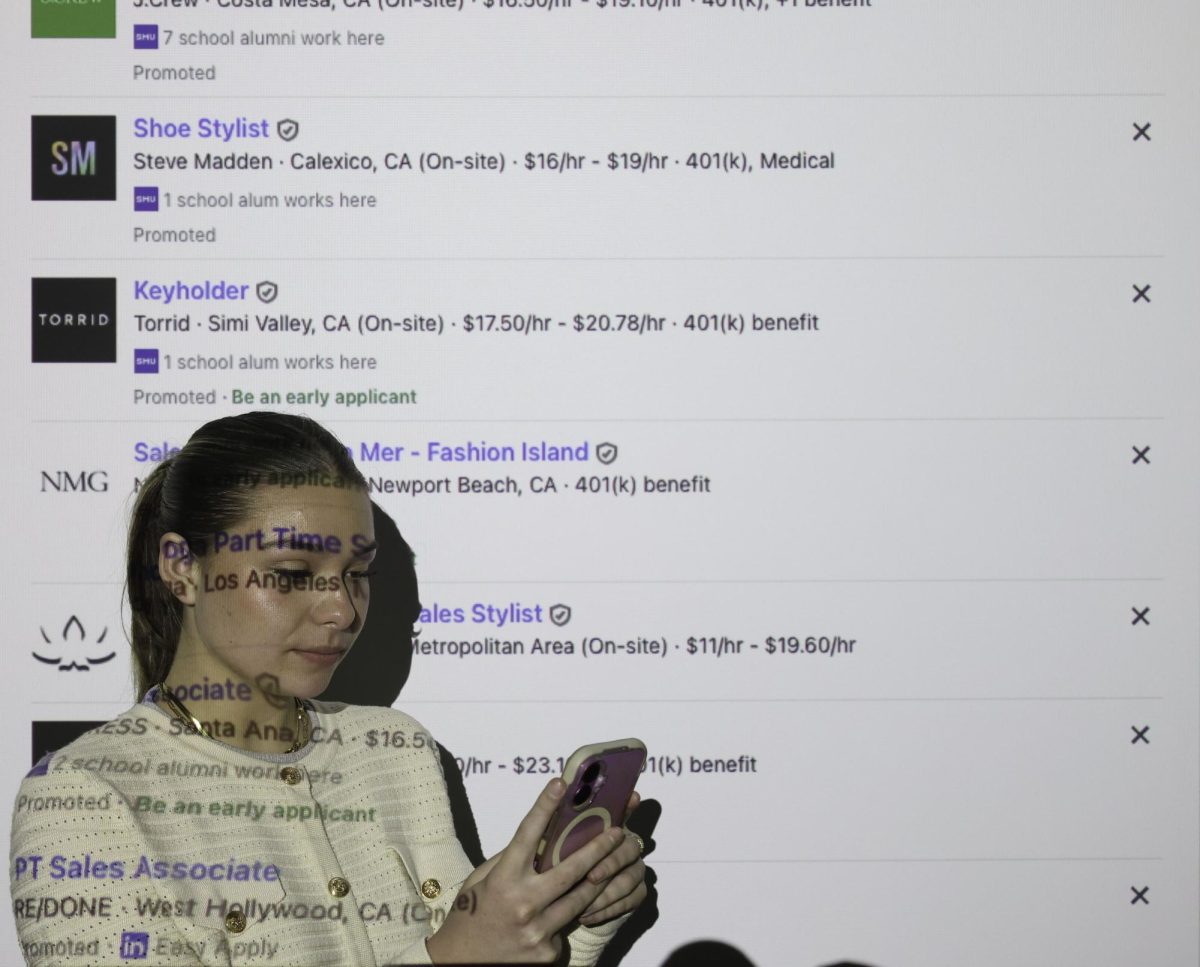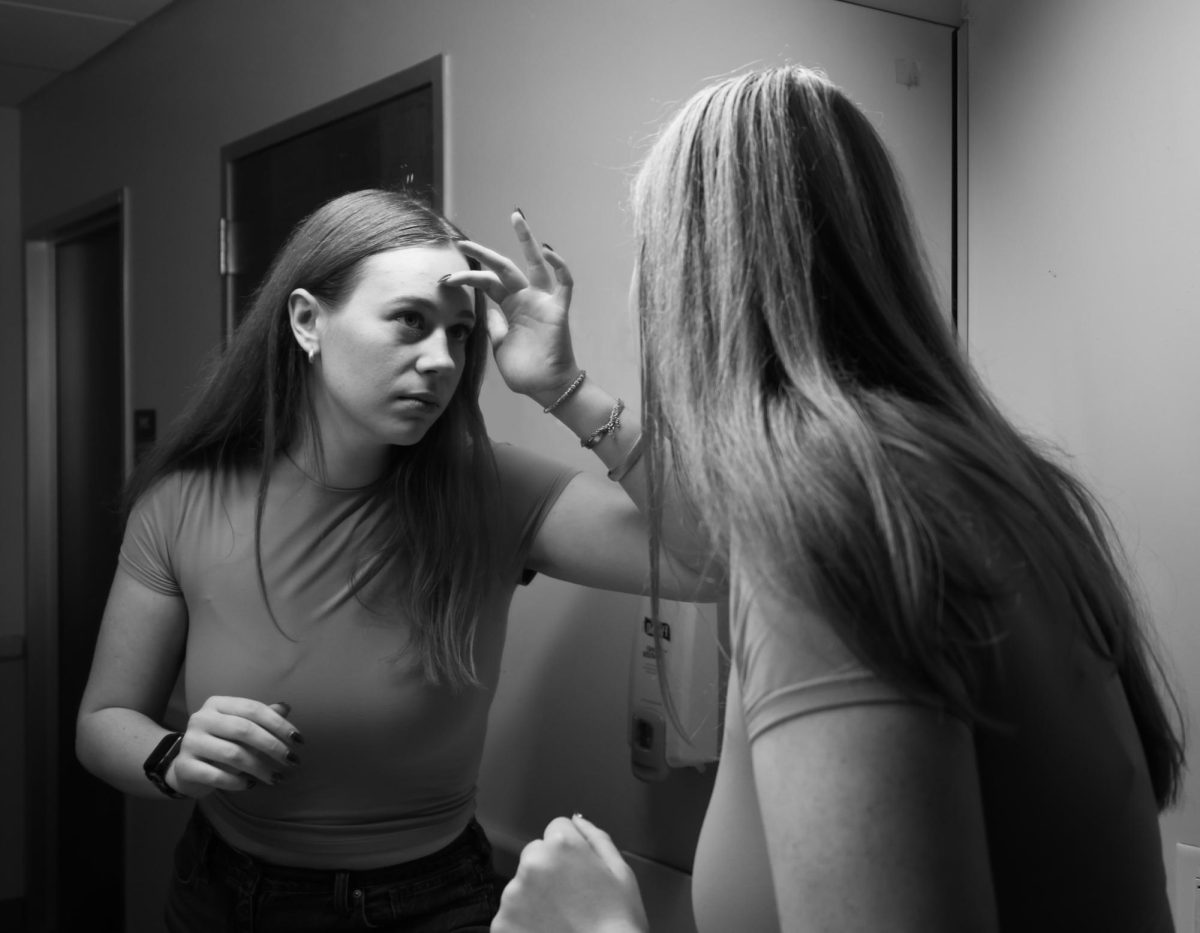An analysis of on-campus crime data from 2009 shows an increase in the number of sexual assaults and alcohol-related incidents.
The analysis is part of the Light of Day project, a collaboration between The Daily Campus, the SMU Daily Mustang, journalism students statewide, the Texas Tribune and the Freedom of Information Foundation of Texas.
Journalism students, in conjuction with The Daily Campus and the SMU Daily Mustang, gathered on-campus crime data and created interactive online maps to showcase high-crime areas on the SMU campus. They also gathered SMU Clery Act reports from recent years.
Students found that the interactive maps and SMU’s 2009 Clery Act report illustrate a significant two-year increase in the number of forcible sexual offenses reported to police or campus officials. In 2007, there were three sexual assaults; in 2008, there were five; in 2009, there were nine.
There was not one particular area on campus that saw more sexual assaults, according to an analysis of the crime map that journalism students created.
Karen Click, director of the SMU Women’s Center, said the higher numbers could reflect greater awareness on campus about sexual assault.
Click can see a positive trend: either students are becoming more comfortable reporting these traumatic experiences, or SMU is making its resources more widely accessible and better advertised among the general student population.
“It is our belief that when we have a climate that is supportive of sexual assault victims and providing of resources, we see people come forward to share their story,” Click wrote in an email interview. “Once someone has been sexually assaulted there are dozens of scenarios for whom they may or may not choose to share that story. The number of sexual assaults that are formally reported, we know, is always going to be lower than the actual number of assaults experienced.”
SMU police detective Linda Perez said sexual offenses are underreported.
“We want to let students know that it’s OK to come forward,” Perez said.
Junior Javier Abonzo said he’d “like to think that SMU is full of decent people,” when asked how he felt about the increase in the number of reported rapes. “That’s something that’s definitely a violation of someone’s ethical bounds. It shouldn’t happen.”
Abonzo said he’s only heard one person come out about sexual assault this semester, but he doesn’t really keep up with it.
Senior Sarah Behrens said she does hear about “roofies or rapes on campus,” but she also feels like “sometimes it’s just a student who just got themselves in a bad situation.”
Senior Zi Yang said she never notices crimes unless she sees a crime alert flyer posted by SMU. Yang said she did participate in the Women’s Center’s “Take Back the Night” event, but added that unless students “go out there and actually participate, you don’t really notice it.”
Sexual offenses were not the only fluctuation spotted in the analysis. Students also found an increase in alcohol-related crimes. In the year 2007, 115 incidents were reported while the incidents dropped to 100 in 2008. But in 2009, liquor-related violations jumped 47 percent to 147.
The on-campus crime map that was created shows high alcohol-related crime areas near Boaz Hall, McElvaney Hall and fraternity row.
S. Daniel Carter, director of public policy for the Pennsylvania-based nonprofit Security on Campus Inc., said the spike could stem from a change in the enforcement approach or that the increased number of incidents may have called for that level of response.
Perez, the SMU detective, said the increase in alcohol incidents in 2009 is not especially alarming because alcohol use on campus constantly fluctuates – it goes up, then it goes down.
“The good thing is that people tend to explore more with alcohol than drugs. Alcohol is legal at age 21,” Perez said. “Drugs are never legal.”
Abonzo said the only times he feels unsafe on campus “would be on weekends when people start drinking and walking down the Boulevard to get to their houses.”
“I don’t want to get into a situation with a drunk person,” he said. “Obviously that would be bad.”
First year and Boaz resident Harry Freeman was not concerned by the high rate of alcohol-related crimes near his residence halls.
“I think it’s college,” he said. “I think there’s going to be [alcohol-related] crimes at every single college. For kids in the age group, of say 16 to 17 to the age of 21, there’s going to be a lot of minor in possessions, minor intoxication, public intoxication.”
Sophomore Panos Papnikolopoulos said many of the areas involving a high rate of alcohol-related crimes stem from younger freshmen who aren’t 21 and walk around campus.
“I mean, alcohol is everywhere,” he said. “But I really just think it’s kids who are being dumb and not getting rides or hiding from the cops.”
The data collected from the SMU police logs also reflect ample fire activity. Fire alarms were reported on the SMU police and fire logs 80 times on campus in 2009—roughly once every four days.
The on-campus crime map shows a concentrated amount of fire alarms near the Perkins School of Theology. Many dorms and Greek houses also experienced fire alarm activity.
Steve Mace, community information officer for the University Park Fire Department, explained that the city has a Direct Alarm Monitoring system, where the alarm sounds directly to the dispatcher and allows police to get on the case immediately.
Police are required to make calls and ask whether it is a fire or simply a false alarm.
“It’s the nature of public safety,” Mace said. “When we hear the alarm ring, we head over to the emergency. Burning popcorn in the dormitory population is a part of student life, and our services are a part of safety.”
Additional reporting was done by Meredith Shamburger.



